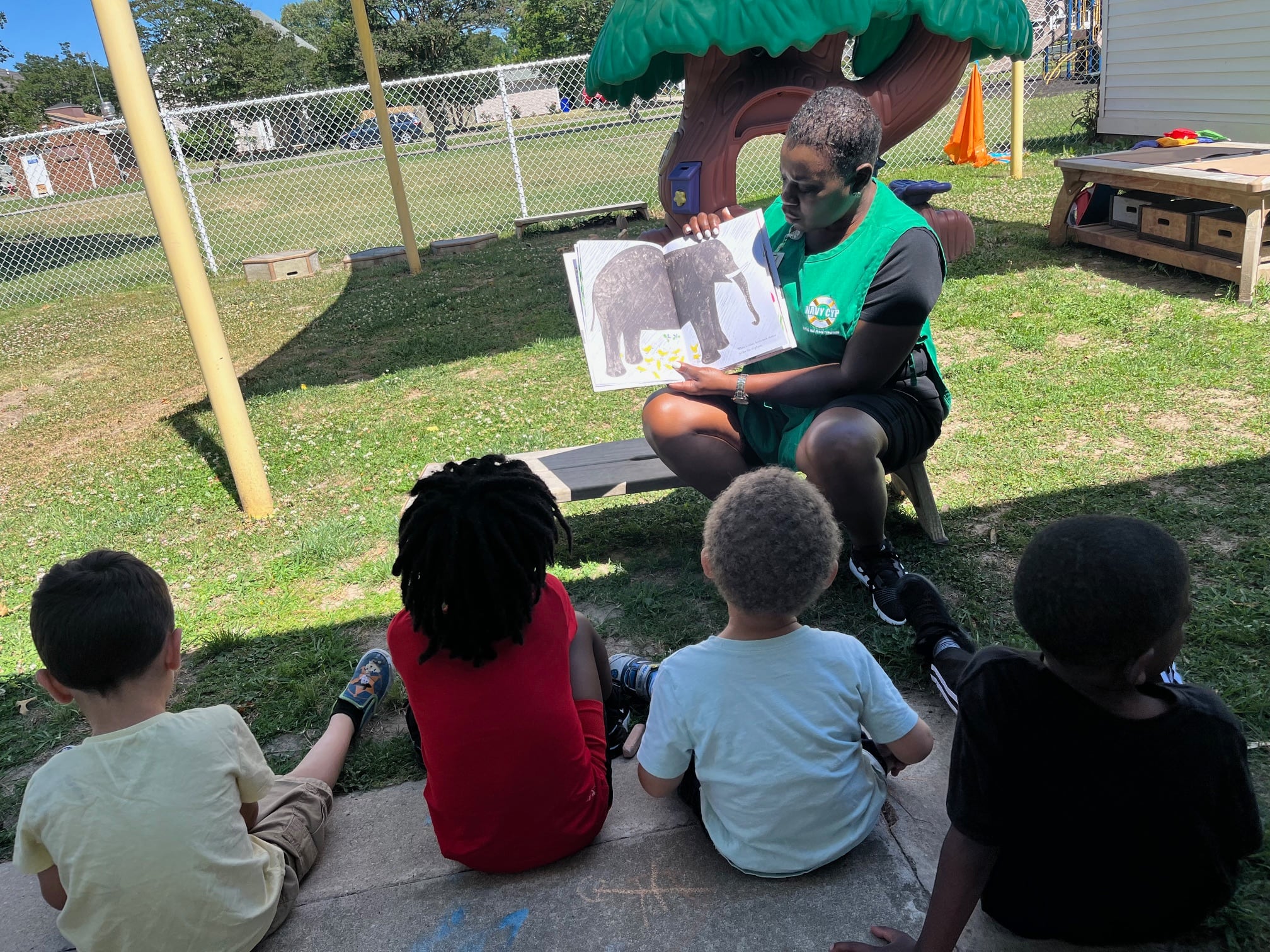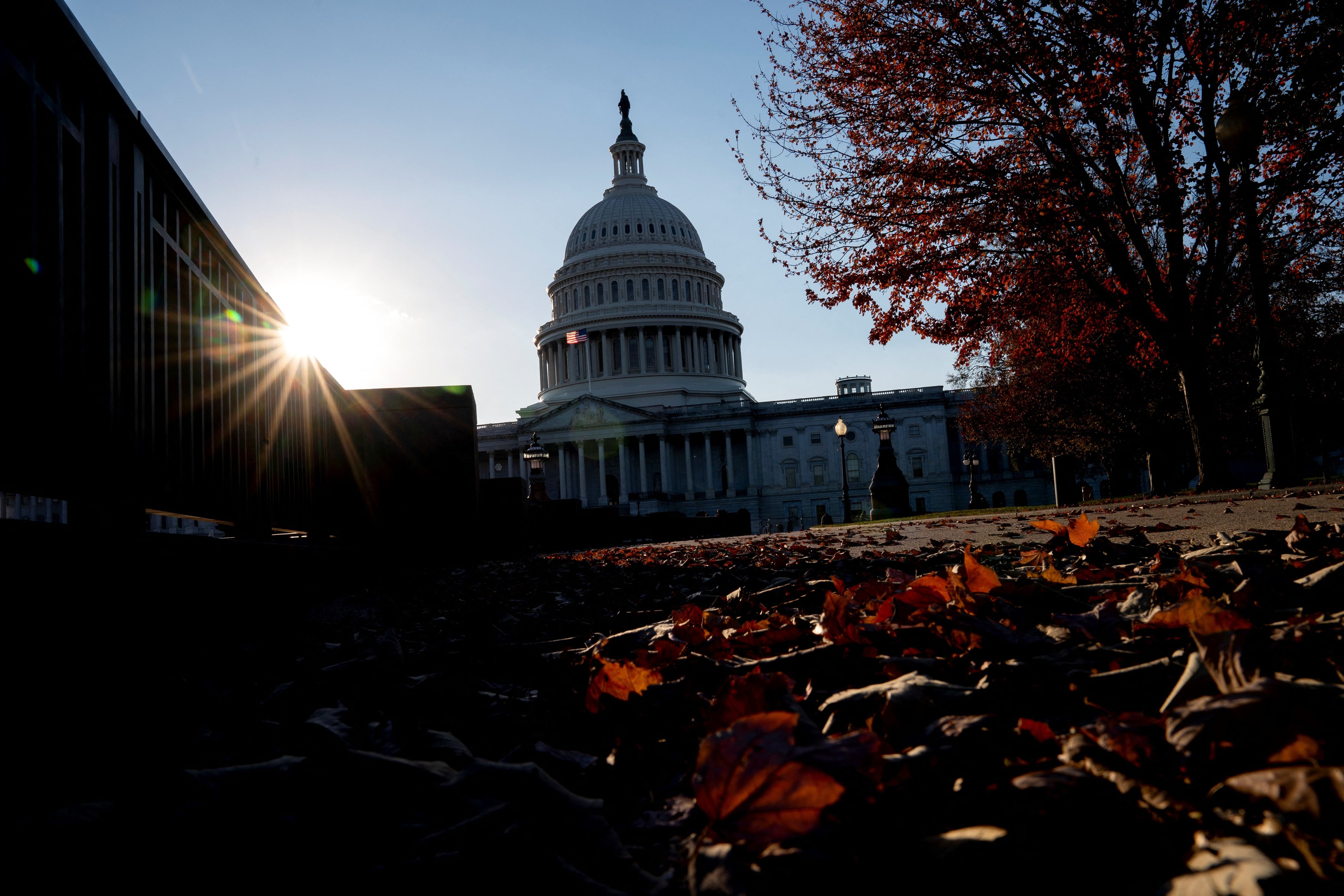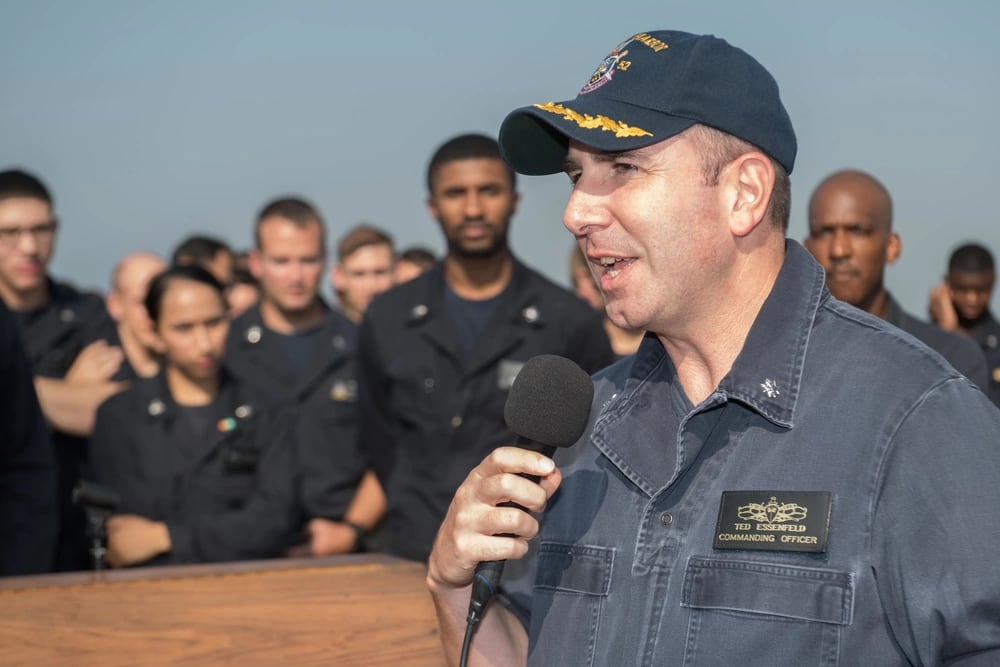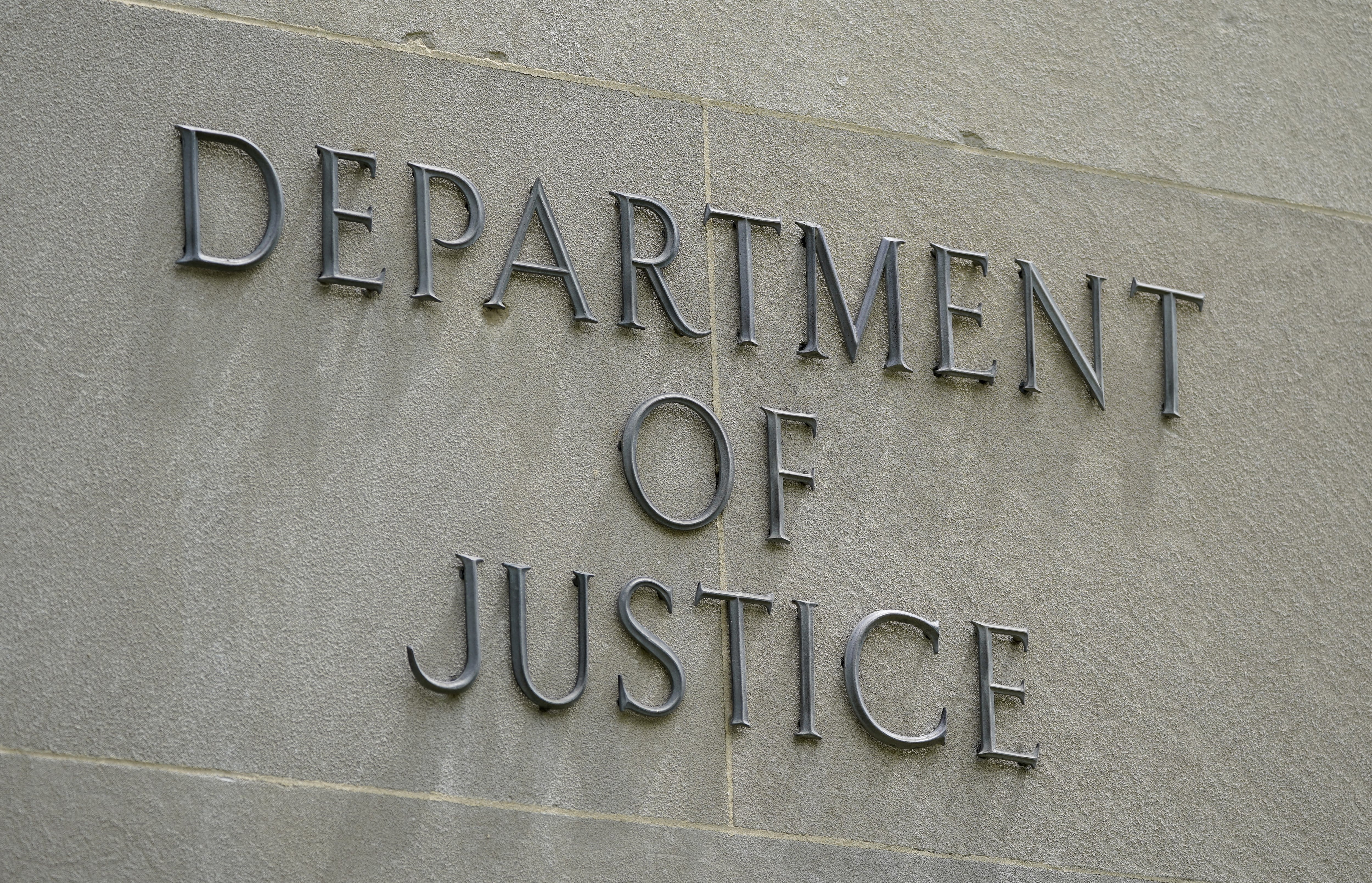JOINT BASE SAN ANTONIO-RANDOLPH, Texas — A new Air Force recruiting unit is trying to keep prospective airmen from falling through the cracks in another tough year for military hiring.
The Air Force Recruiting Service’s first “eRecruiting” cell wants to solve a staggering problem: Just 3% of those who sign up for more information on AirForce.com, through the service’s new “Aim High” app, or at a public event like an airshow or NASCAR race eventually apply to enlist.
The eRecruiting group will give those potential candidates more attention in an attempt to get a higher percentage across the finish line. It’s slated to start work next week.
RELATED
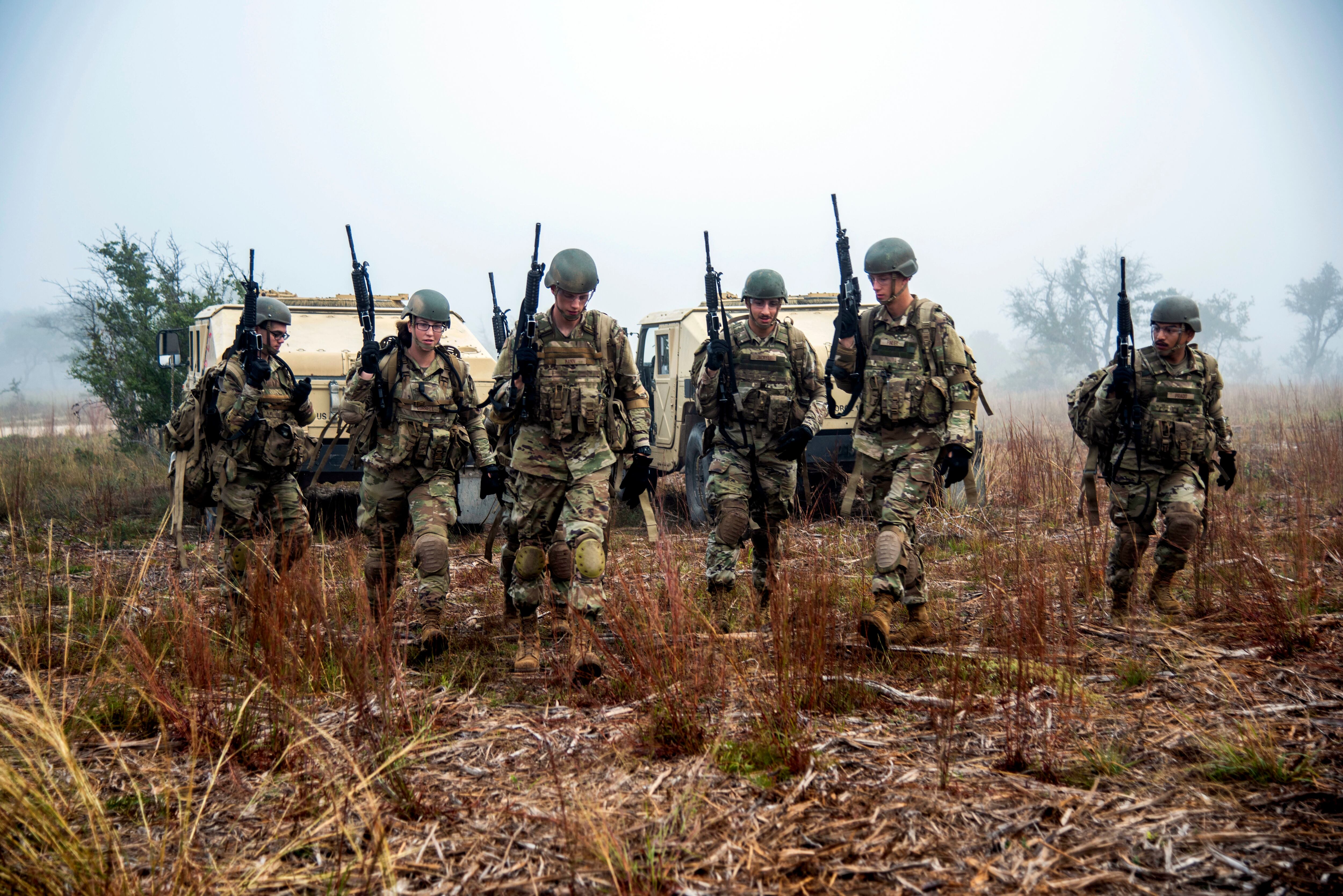
“The conversion ratio was not acceptable. … We spend a lot of money being able to generate those national leads,” Air Force Recruiting Service boss Maj. Gen. Ed Thomas told Air Force Times in a Feb. 16 interview at the organization’s headquarters here.
In contrast, 12.5% of those whose first contact with the Air Force is a local recruiter later apply.
Nearly 299,000 people got in touch with the Air Force in 2022, according to Recruiting Service spokesperson Leslie Brown. Of those, around 90,000 met the health and other qualifications needed to serve.
Brown did not answer how many of those come in through digital avenues or at large events, versus how many are found by local recruiters.
For decades, the Air Force has relied on neighborhood recruiting offices to seek out and sign up young Americans for service. That local presence now spans nearly 2,000 recruiters across the United States, England, Germany, Italy, Japan, Puerto Rico, Guam and the U.S. Virgin Islands.
When an applicant is prescreened at something like an airshow, the Air Force typically passes their information along to a recruiter in the region where they live. Then it’s up to the recruiter to convince the person to sign up.
But recruiters are spread too thin — sometimes with a single airman in charge of outreach to multiple states — to reliably hit the service’s goals, particularly as the U.S. unemployment rate hovers around 3%, Thomas said.
RELATED
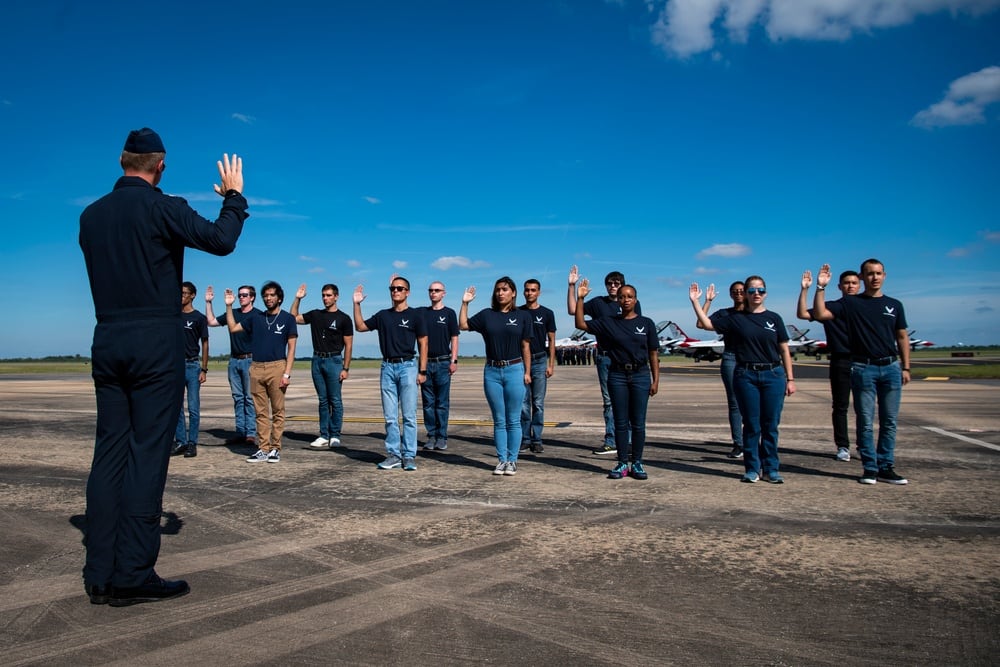
Instead of asking local recruiters to split their time between the relationships they’re cultivating in person, and an extra list of interested people in the area, the service hopes that letting them focus on organic leads will boost applicant rates overall.
“The local folks need to be able to have more time to get out into their communities,” Thomas said. “That’s a key limitation for us right now.”
Recruiters are also bogged down by administrative work, like hashing out medical histories and handling entry waivers, that occupies more than half of their workweek, Thomas added.
While local recruiters visit high schools and grocery stores, the eRecruiting team will start tackling the backlog of interest.
The team of about a dozen former recruiters, now working for the Air Force as contractors, will connect with prospects via phone, email and video chat from, essentially, a national call center.
RELATED

They’ll figure out whether someone is a good fit for the active duty Air Force, Air Force Reserve, Air National Guard or Space Force, walk them through the pre-screening process, discuss their job options, and send them to a Military Entrance Processing Station for aptitude testing and health screening.
“Eventually they will do an eyeball-to-eyeball [meeting] with a local recruiter, but much further downstream,” Thomas said.
He’s optimistic that the new team could bring in thousands more applicants whom the Air Force would otherwise leave on the table.
Nearly halfway through the fiscal year, Air Force recruiting numbers are again falling short after “landing on fumes” at the end of 2022, Thomas said.
RELATED
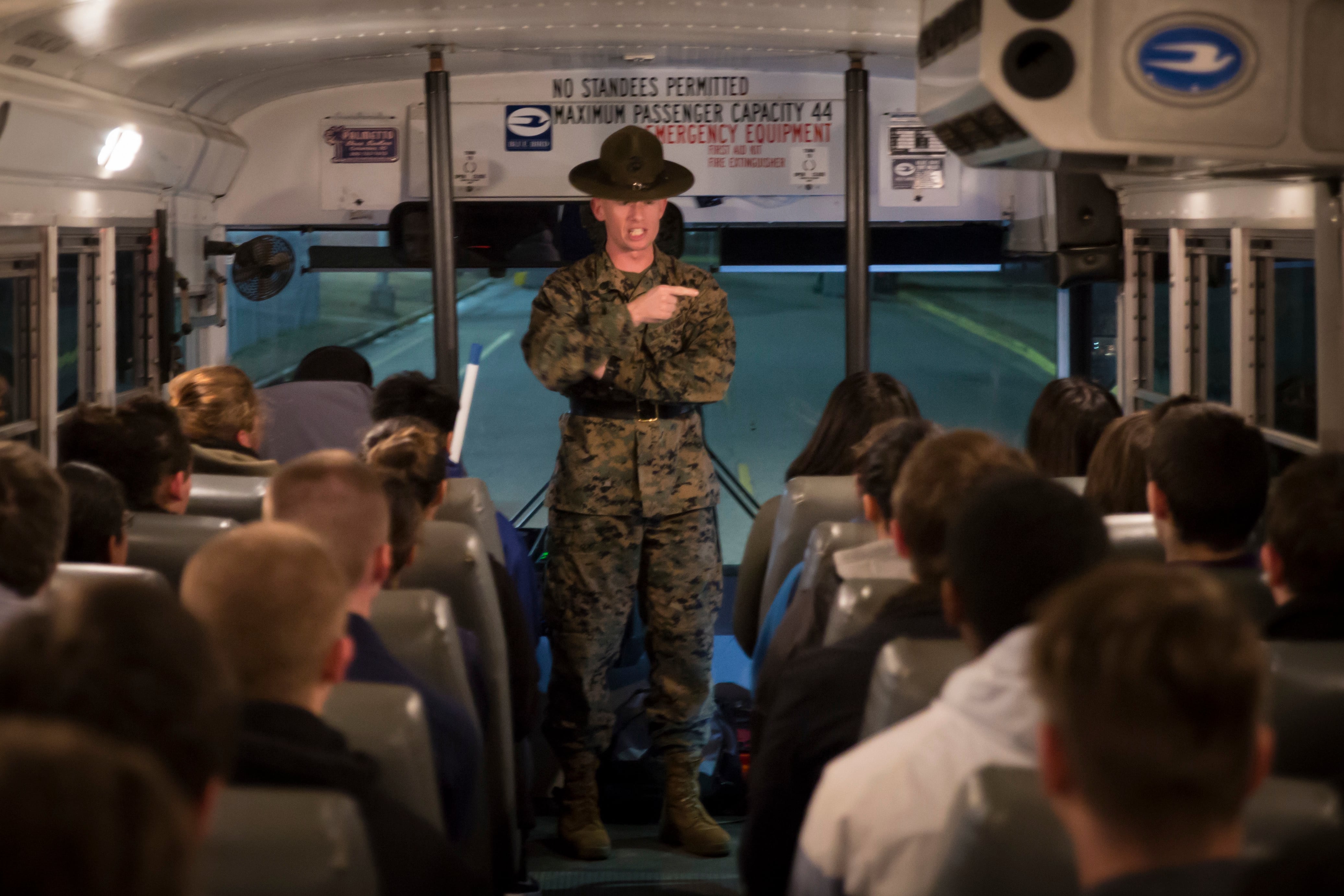
He expects that the Air Force Reserve and Air National Guard will not meet their 2023 recruitment goals for the second straight year, and that the active duty force will again have a tough time hitting its mark.
The service hopes to sign up nearly 27,000 active duty enlisted airmen by Sept. 30 — about 700 more than in 2022, Air Force Times previously reported.
Still, it’s gaining ground in its delayed entry program, the waiting list of future airmen who have been accepted into the service and are waiting to ship out to basic military training.
“I won’t call it a trend reversal yet,” Thomas said. “But … we are beginning to see some positive results from our training, process, marketing and policy changes that are helping us grow.”
“It’s going to be a hard drive between now and the end of the fiscal year,” he said.
This story was updated Feb. 27 at 1:45 p.m. to include new data from the Air Force Recruiting Service.
Rachel Cohen is the editor of Air Force Times. She joined the publication as its senior reporter in March 2021. Her work has appeared in the Washington Post, the Frederick News-Post (Md.), Air and Space Forces Magazine, Inside Defense, Inside Health Policy and elsewhere.



